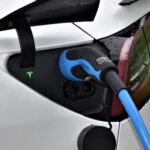
In his first week in office, President Biden signed an executive order that gives federal agencies 90 days to devise a plan that fully transitions the federal fleet’s roughly 650,000 vehicles — including about 225,000 postal vehicles, 173,000 military vehicles ...


Road development throughout the 20th century was based primarily on the premise that more infrastructure eases traffic. But evidence shows that road building, instead of reducing congestion, actually increases traffic. When travel time by car is reduced and convenience increased, ...


This is part two in a series on capacity development for city leaders. As the global urban population continues to grow rapidly, cities are being tasked with addressing a variety of needs – economic, social, political, environmental – with very ...

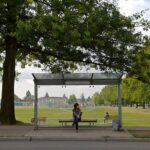
In response to the massive challenges confronting cities around the world, more city planners have begun to experiment with quick, high-impact urban design solutions. From pop-up bike lanes and parklets, to sidewalk extensions, to tactical urbanism safety interventions, many cities ...


Remote sensing has revolutionized how we measure and understand the Earth. We can now track deforestation across the globe, predict end-of-season crop yields and identify wildfires in near real-time. But exploration into its possibilities for urban areas has only just begun. ...

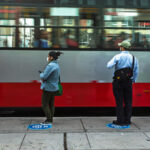
Plummeting bus and train ridership, lost jobs, overflowing warehouses, more inequality: 2020’s disruptions to the transport sector were widespread and deep. Speaking at Transforming Transportation 2021, co-hosted by WRI and the World Bank, sustainable mobility leaders from around the world ...


2020 brought tremendous disruption to the global transportation sector. As the world coped with a pandemic, millions began working from home and millions more lost their jobs. Logistics networks were broken and then reshaped. All while the planet experienced the ...

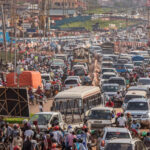
Climate change is the defining challenge of our time, and clean energy and green transport are the keys to addressing it. Less than two decades ago, energy emissions seemed to be spiraling out of control as countries were locked into ...

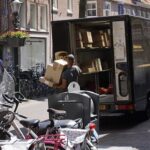
At one point, in a history that now feels more like a mythical past, grocery, food delivery and online shopping felt like a “nice-to-have” for most people. But in a matter of days, the COVID-19 pandemic turned on-demand delivery services ...


This is the first entry in a series on capacity development for city leaders. By 2050, the global urban population is expected to grow by 2.5 billion people, continuing a decades-long trend of urbanization. And as the number of people ...

Page 30 of 341« First...1020...293031...4050...Last »